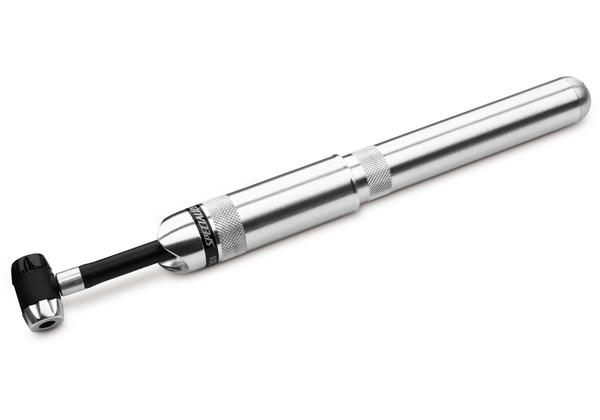

But testing confirmed that this pump’s gauge is accurate at all points, and we consistently reach for the Air Tool when filling mountain bike tires. The plastic handle and loose-fitting plunger give the feel of a discount product. And move a lot of air it does-it took us only 20 strokes to fill a 29 x 2.6-inch tire to 20 psi. Like those pumps, the Air Tool MTB also has a metal barrel, although it’s much larger in diameter to move a higher volume of air with each stroke. The stable metal base is the same as the Air Tool and Air Tool Comp V2. Of all the pumps on this list, this one has the gauge that’s the easiest to use for setting a precise tire pressure. The three-inch gauge goes up to only 40 psi, with big, easy-to-read markings in one-pound increments. This high-volume pump is, as the name suggests, made specifically for filling mountain bike tires. Not good for inflating tires past 40 psi.Although we also wish the pump head had a bleed valve, we still use it regularly and appreciate its versatility across a wide range of tire sizes and widths. However, the variations are consistent and repeatable, meaning the Air Tool Comp will inflate your tire the same way every time. Our testing found that it reads two psi low for pressures up to 30 psi, then reads between four and five psi low from 35 up to 100. However, the gauge leaves something to be desired when it comes to accuracy.

It also means a cleaner workshop: One pump can replace a mountain bike pump with a low-pressure gauge and a road bike pump with high-pressure gauge. That means it’s easy to read for almost any tire without the hassle of a digital gauge and batteries. The Air Tool Comp V2 has a dual-range pressure gauge: Half of the gauge is for low pressures and runs from zero to 30 psi in one-psi gradients, while the other half is for high-pressure tires and runs from 30 to 120 psi in two-psi gradients. But now it offers one of the smartest too.

Specialized already makes a very good floor pump. Gauge is consistent and precise, but not accurate.With tubeless specific systems it is highly encouraged not to go above the recommended safe pressures. Hooked rims and tires are meant to hold tires onto the rim at higher pressures due to the recessed chanel, while hookless function at lower pressures and operate because of the tire pressure and tighter tolerances built into the rim and tire.
#SPECIALIZED AIR TOOL PRO PUMP MANUAL#
Lastly, because no two rims are designed the same, it’s extremely important you read the instructions and manual to verify what is the maximum pressure your rim is designed for. Heres a link to help navigate finding your perfect tire pressure. The perfect tire pressure is a range rather than a hard number. Tire pressure is one of the (personal) metrics that can have loads of impact on how you ride. The gauges on these pumps typically have large, easy-to-read markings in one-psi increments that make it easy to dial in a precise tire pressure. However, most struggle to inflate tires to more than 60 psi.

High-volume pumps, on the other hand, move a large amount of air with each stroke and are made for filling fat tires very quickly. These will max out between 160 and 220 psi. Generally speaking, if you ride tire pressures higher than 60 psi, you need a high-pressure pump. High-pressure pumps move a smaller volume of air with each stroke and are better suited to filling skinny road tires. BAR is the metric measurement for the pressure in a specific volume. Bicycle tire pressures are measured in PSI (pounds per square inch), which is the Imperial measurement for air pressure used in North America.


 0 kommentar(er)
0 kommentar(er)
